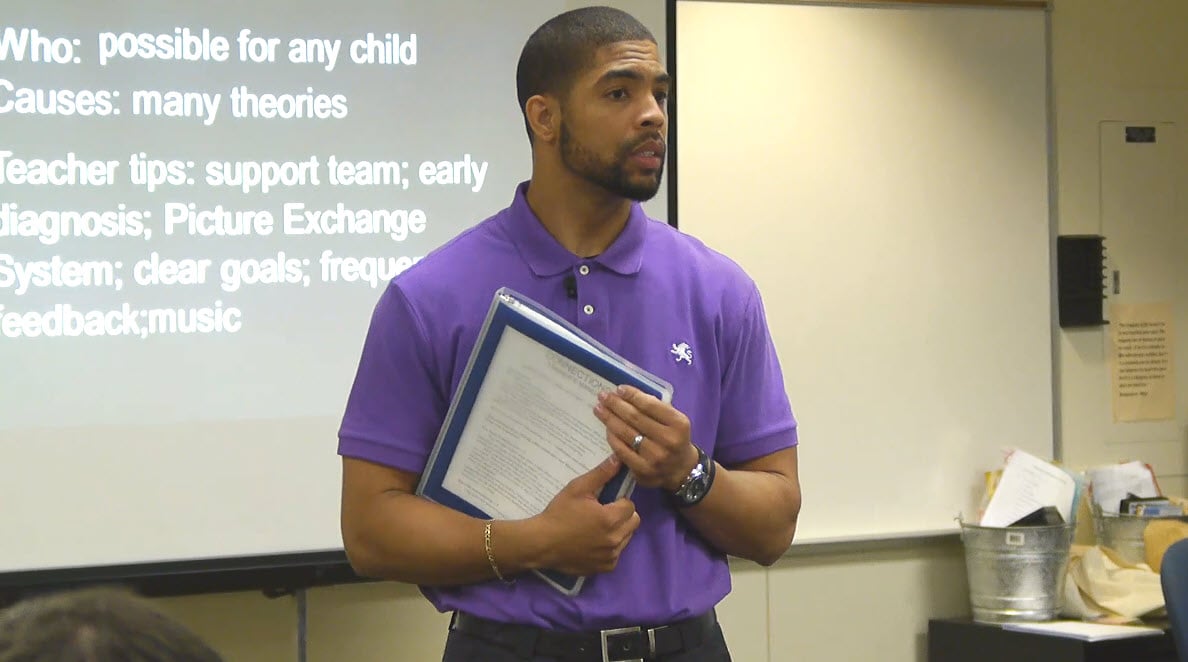



I hope that what follows gives you greater access to the purpose and a greater depth of understanding of Christmas. To this purpose, I’d like to give a brief history of an agricultural area, known as Bethlehem Ephrathah. In this area we find the fields of Bethlehem, and about a mile from Bethlehem, in these fields, we find the Migdal Eder (Tower of the Flock).
This tower has been witness to the most amazing things humans have ever experienced. The stories that have played out in its shadow stir the soul.
The first book of the Bible tells us that it was under the watch of this tower that Jacob, the father of the 12 tribes of Israel, lost his wife Rachel.
Rachel died after the birth of her second son Benjamin. As she passed away, in her pain and sadness, she named her baby Ben-Oni, which means the son of my sorrow. Jacob instead called the boy Ben-Yamin, the son of my right hand. I imagine that Jacob didn’t want to be constantly reminded of the loss of Rachel. He loved her so much that he spent 14 years working for her father to gain her hand in marriage. How tragic is it for the boy’s very name to be the constant reminder of the consequence of his own birth. And as the end of this story will reveal, it turns out that ‘the son of my right hand’ is the only name appropriate here.
The tower and the field are revisited in the book of Ruth, 1000 years before the birth of Christ, where we learn what it is to need saving. Ruth’s story of loss and redemption highlights the beautiful concept of redemption, based on the good will of another. Ruth says to her redeemer:
“Why have I found favor in your eyes, that you should take notice of me, since I am a foreigner?” 11 And Boaz answered and said to her, “It has been fully reported to me, all that you have done for your mother-in-law since the death of your husband, and how you have left your father and your mother and the land of your birth, and have come to a people whom you did not know before. 12 The LORD repay your work, and a full reward be given you by the LORD God of Israel, under whose wings you have come for refuge.” Ruth 2:10-12
In the end, Boaz marries Ruth, and in the tradition of the Hebrew, he becomes her kinsman redeemer. This all happens under the watch of the Tower of the Flock. A few generations pass, and we find the next event in the story of the field and the tower.
Mathew, Chapter 1 informs us that Ruth and Boaz from our story are the grandparents of Jesse, of Bethlehem. Jesse is the father of King David. The book of 1st Samuel informs us that it was beneath this tower, in this pasture that David was watching his fathers sheep, when Samuel the last Judge of Israel called for him and anointed David king of Israel.
Under David, the Tabernacle of God and the Arc of the Covenant were moved to Jerusalem. The Jewish Mishna suggests that the temple flock and the attending shepherds were then established, near Jerusalem in Bethlehem - the same fields where David managed his father’s flock as a young man.
So the Levitical shepherds were at Bethlehem Ephrathah, in the fields of David. According to Rabbinic tradition, the shepherds would keep watch from the shepherding towers in these pastures. When a ewe began to deliver her lamb, these shepherds brought her into the base of the Migdal Eder to deliver. This facility was not the typical filthy dwelling of livestock. It was the ritually cleansed birthing place of the potential sacrifices of Israel.
When the unblemished lambs were one year of age, the assigned Priest would come to the Migdal Eder to inspect them, wrap them in swaddling cloths and carry them into Jerusalem, through the Lamb’s gate, for the Passover sacrifice.
One final point will mark the end of our journey and our arrival at the nativity.
The birth of Christ is one of the most prophesied events in the Bible. Isaiah and Micah tell us that He will be born of a virgin, in Bethlehem, and specifically, Micah 5:2 suggests that he will be found at the tower named Migdal Eder in Bethlehem Ephrata. That is our tower.
Now, for the story that we know so well. Joseph and a very pregnant Mary arrive in Bethlehem, where there is no room at the inn, so they are forced to take shelter in an old wooden barn and use a feed trough as a cradle for the Savior of the World. No doubt, the lowliness of His birth is intended by scripture, and is an important thing to internalize. But there is also another point here. It’s just as important, but maybe not as obvious.
Luke’s version of the nativity tells us that an angel came to these shepherds, telling them where and how to find the baby Jesus:
“And the messenger said to them, “Do not fear, for behold, I bring you good news of great joy that will be to all the people, 11 because today in the city of David a Savior was born to you, who is Christ the LORD! 12 And this [is] the sign to you: you will find a Baby wrapped up [in swaddling strips], lying in the manger.” Luke 2:10-12 (Young’s Literal Translation)
My whole life, I wondered how the shepherds knew where to find Christ. Then I heard the tradition of the tower and realized that Jesus wasn’t in A manger, but rather, He was in THE Manger. This is the birthing stall and the chiseled rock inspection crib of the Passover lambs.
Also, the shepherds would find Jesus wrapped in swaddling cloths – the strips used to inspect the Passover lambs. These men knew where those strips were stored. They were in charge of these innocent cute creatures, bound for the sacrificial altar. They had seen them swaddled by the Priest thousands of times. So it made perfect sense that God would inform these men of Christ’s arrival, and allow them to care for His son at his birth. The shepherds were possibly the only men who grasped the value and symbolism of the Lamb that Christ came to be. They didn’t have to run through town checking all of the barns. They knew exactly where Jesus was. Because the angel’s instruction was specific.
Jesus was born, inspected, found to be without blemish and swaddled just like the lamb of sacrifice the night He was born. Later, He was carried (literally carried) into Jerusalem on Palm Sunday, like the sacrificial lamb. The specific gate He entered through was the Lamb’s Gate, just like the sacrificial lamb. He was judged at the Temple of God, and then sacrificed on Passover, just like the sacrificial lamb.
As He was tortured and dying on that cross, He became Ben Oni, the Son of God’s sorrow. And when He ascended to heaven He was seated at the right hand of God. He became Ben-Yamin, the Son of God’s right hand, fulfilling the shadow of Jacob’s grief. When He died, He became our kinsman redeemer paying the price for our restoration, just as Boaz does for Ruth, in Bethlehem. When He said, “It is finished” and breathed His last, He became the anointed King, just as David did, in Bethlehem.
A shadow is the image of a thing. It’s not 3 dimensional like the thing it copies, and it hasn’t the color and vivid nature of that thing. It is a representation of that thing none-the-less. The light we call God’s glory had cast a shadow, a representation of our Lord Jesus in the field of the Migdal Eder over many centuries. These shadows of Christ were to be our guideposts to recognize Him when He arrived. On the night of Christ’s birth, for the first time man was privileged to see in 3 dimensions, in real time and in true vivid color, the subject of the shadow. The subject is Christ.
The witness of the tower and the pasture throughout history is a foreshadowing – a shadow of the sorrow, joy and redemptive nature of Christ’s life. The witness of the tower and the pasture in the Nativity are the precious story of Christ in real time as God fulfilled His plot.
You’ve now been told the Gospel of Jesus. The historical books of the Bible have spelled it out, and the only important decision you’ll make in your whole life may be upon you. Will you trust in Christ? If you die without admitting you are a sinner, believing the true story of Jesus your King and claiming Christ as your sacrifice and redeemer, then His death does not redeem you. You’ll be judged by God’s standard of perfection. A fair test, but one that no man can pass.
“For God so loved the world that He gave His only begotten son, that whosoever believes in Him should not perish but have everlasting life.” John 3:16 (NKJV)
Abstract of an original article by Micah Fikes
References:
T. Nelson. (1999). The Holy Bible: Containing the old and new testaments: The New King James Version.
Edersheim, A. (1884). The Life and Times of Jesus the Messiah. A. D. F. Randolph and company.
One for Israel. (2021). Discover why Bethlehem - Trial and Promise in Christ's Birth. Retrieved December 1, 2022, from https://www.youtube.com/watch?v=X4ZxbKLxMJI.
A traditional Passover Haggadah adapted for believers in Yeshua (Jesus). One For Israel. (2020, December 1). Retrieved December 16, 2022, from https://www.oneforisrael.org/passover-download/
Baker Book House. (1977). Young's literal translation of the Holy Bible.
Mishnah. Sefaria. (n.d.). Retrieved December 16, 2022, from https://www.sefaria.org/texts/Mishnah
Micah is the Director of Curriculum & Technology. He holds a Bachelor of Arts in British Literature, from the University of North Texas and a Master of Arts in Teaching, from Louisiana College. In his previous career, Micah served for 14 years as a banker and bank manager. For the majority of this period, Micah managed the Downtown Fort Worth location of Frost Bank. In 2005, Micah finally surrendered to his true calling to be an educator. After a brief, but fulfilling term teaching high school English at Flower Mound High School in Lewisville ISD, Micah went to work for the family business, training teachers.
7166 Baker Blvd., Suite B · Richland Hills, Texas 76118
Phone 817-284-7731 | Fax 817-284-3396
Login | Make Payment | ECAP Handbook | Privacy Policy | Pricing
Your Comments